Website Temporary Closed
Amiga CD32
The Amiga CD32 was a 32-bit CD-ROM based game console. It was launched at the Science Museum in London, United Kingdom on 16 July 1993. The CD32 was based on Commodore's Amiga A1200 computer. It was essentially an A1200 without a keyboard, floppy drive, mouse, or monitor, that was housed in a different enclosure.
The CD32 could be enhanced using these devices: ProModule, Paravision SX-1 and DCE SX-32 (which optionally includes 68030 CPU).
[collapse collapsed title=read more...]
Those devices extended the capability of Amiga CD32, allowing it to utilize hardware such as an external 3.5" floppy disk drive, hard disk and IBM PC keyboard. An Amiga CD32 could be turned into a de facto Amiga 1200 via the addition of 3rd party packages. The SX-1 appeared to have been designed around Commodore's mechanical specs and not the actual production units – it did not fit very well and required an internal 'modification' to fit properly. Consequently, the SX-1 could be jarred loose if the console was not handled gently. The upgraded SX-32 expansion pack (which included a 68030 25MHz processor) solved these problems.
CDs created for the CD32 conform to ISO 9660 level2, mode1, although the Rock Ridge and Joliet extensions are not compatible.
At launch the CD32 was bundled with two games, 'Diggers', a new game from Millennium Interactive, and 'Oscar' from Flair. The CD32 was capable of running most of the titles developed for the Amiga CDTV multimedia device (differences in CPU speed and Kickstart version prevented some of the earlier CDTV titles from running).
The console is widely regarded as unsuccessful, with Commodore filing for Chapter 11 just a year after its release. One possible reason for this was the relative lack of original games developed for the machine. Most CD32 titles were simply A1200 games on a CD, with the occasional full motion video sequence or CD audio tracks added on.
However, a large fanbase carried over from the success of other Amiga computers, and several notable titles, such as Microcosm, Liberation: Captive 2, Simon the Sorcerer and Super Stardust prevented the console from sliding into total obscurity.
[/collapse]
- HOME


- PRODUCTS

- 3DO
- Amiga CD32
- Amstrad GX4000
- Atari 2600
- Atari 7800
- Atari Jaguar
- Atari Jaguar CD
- Atari Lynx
- Bandai Wonderswan
- Coleco
- Colecovision
- Famicom
- Famicom Disk System
- Grandstand
- JAMMA
- Mattel Intellivision
- MB
- Microsoft Xbox
- MSX
- Neo Geo AES
- Neo Geo CD
- Neo Geo MVS
- Neo Geo Pocket
- Nintendo 64
- Nintendo Game and Watch
- Nintendo Gameboy
- Nintendo Gameboy Advance
- Nintendo Gameboy Colour
- Nintendo Gamecube
- Nintendo NES
- Nintendo Virtual Boy
- PC Engine
- PC Engine CD
- Philips CDI
- Sega 32X
- Sega Dreamcast
- Sega Game Gear
- Sega Genesis
- Sega Master System
- Sega Mega CD
- Sega Megadrive
- Sega Nomad
- Sega Saturn
- Sony Playstation
- Sony Playstation 2
- Super Famicom
- Super Nintendo
- Texas Instruments
- Tiger Game Com
- Tomy
- Vectrex
- Japanese Video Game Imports
-

- MODIFICATIONS

- Switchless Modification
- Modification Sega 32X
- Modification Sega Dreamcast
- Modification Sega Megadrive
- Modification Neo Geo AES
- Modification Neo Geo CD
- Modification Nintendo NES
- Modification Sega Master System
- Modification Sega Mega-CD
- Modification Sega Nomad
- Modification Sega Saturn
- Modification Super Nintendo
-

- TECHNICAL INFO


- NEWS


- ABOUT US


- MEMBERS


- CONTACT US


Log on
x
Just In!

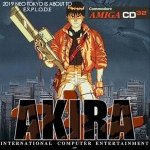
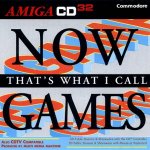
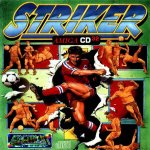
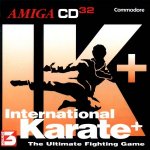

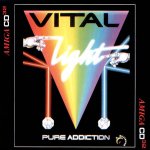
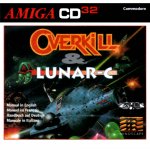
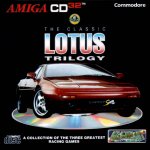
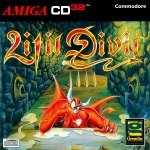
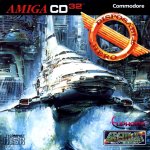

 Save time
Save time